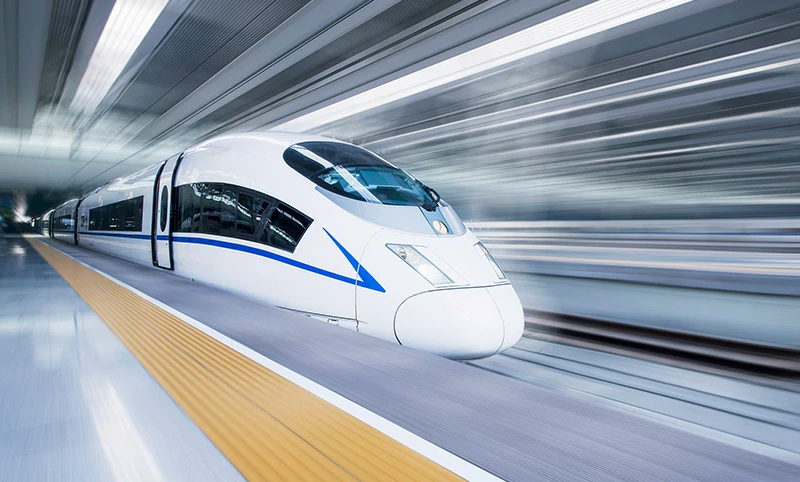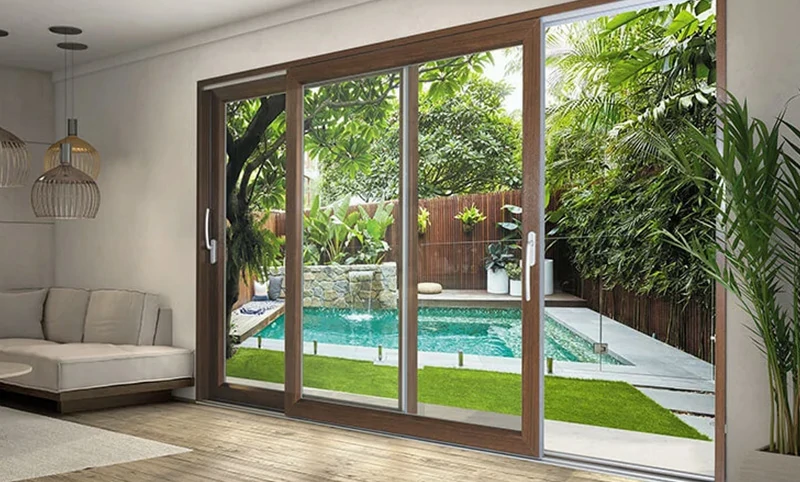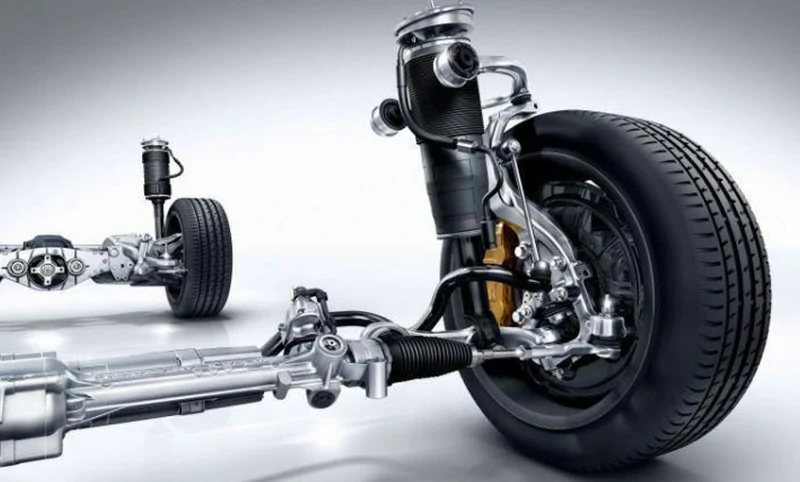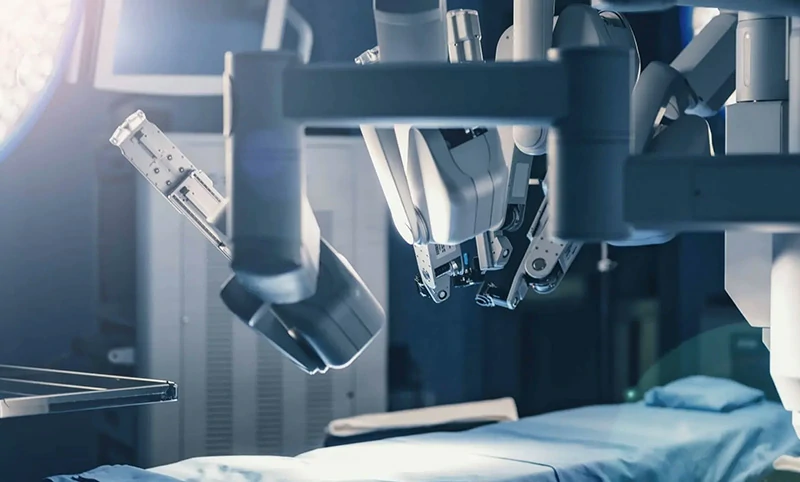Aluminum extrusion involves pushing heated aluminum alloy through a die to create a specific cross-sectional shape. A robust ram applies force to the heated aluminum, shaping it as it passes through the die and then pulling it along an output table. By adjusting the die, various profiles can be produced to meet specific product requirements.
To visualize, aluminum extrusion is akin to squeezing toothpaste from a tube, where the force applied mimics squeezing toothpaste between fingers. The extruded aluminum takes on the shape of the die opening, similar to how toothpaste emerges in the shape of the tube's opening. Just as the toothpaste tube determines the extruded shape, the die opening dictates the final form of the aluminum extrusion product.
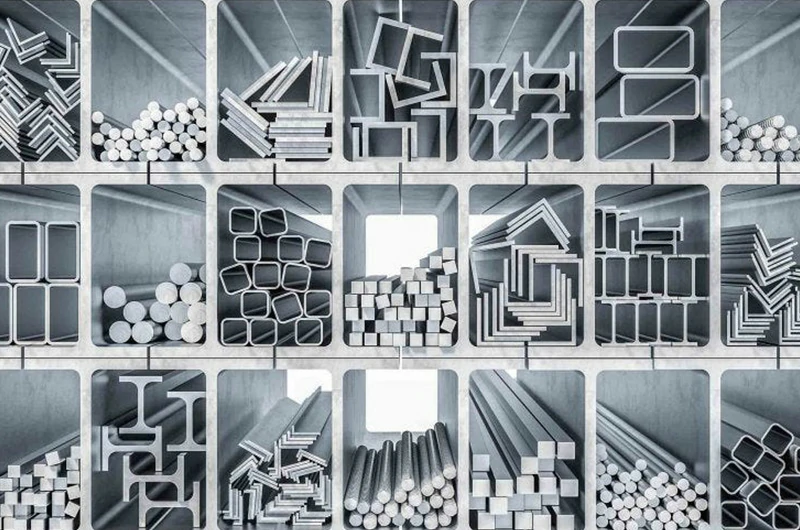
What shapes can be extruded?
Extrusion is part of many industries, so it's impossible to provide a complete list of all its types. There are infinite possibilities for extruded shapes, with various configurations and sizes available. The main categories include:
Solid profiles: solid bars and rods with various cross-sections (such as circular, rectangular, square, etc.).
Semi-solid shapes: for example, angles, channels, and other partially open shapes.
Hollow shapes: tubes or profiles with various cross-sections (for example, circular, rectangular, square, etc.).
Other special profiles: unique shapes customized according to specific application needs. These profiles often have complex cross-sections and special functions to meet specific design and engineering requirements.
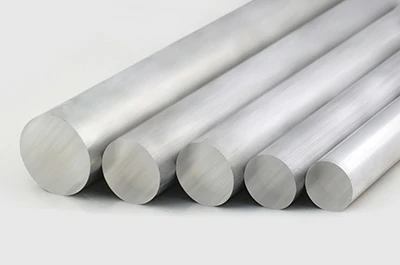
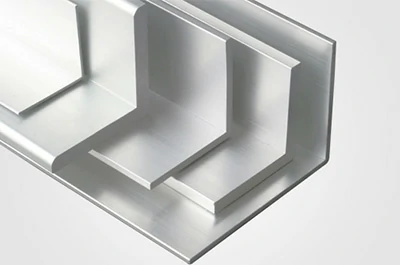
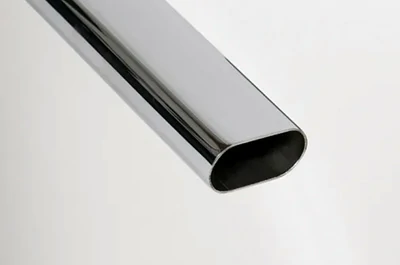
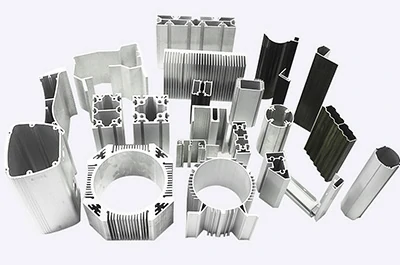
Classification of extrusion processes
There are mainly two types of aluminum extrusion techniques - direct extrusion and indirect extrusion.
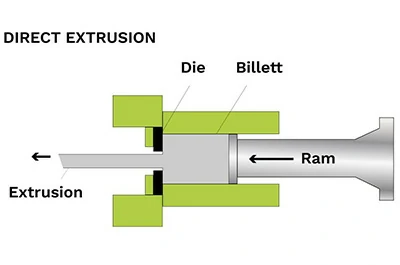 Direct extrusion
Direct extrusion- Direct aluminum extrusion, or forward extrusion, is the most common method. Heated aluminum billets are pushed through a fixed die by a hydraulic ram, shaping the aluminum as it passes through.
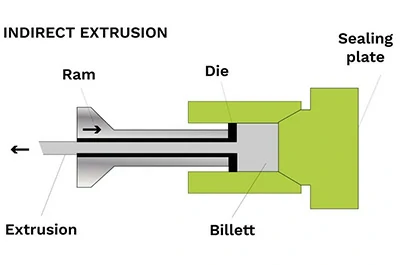 Indirect extrusion
Indirect extrusion- Indirect aluminum extrusion, or backward extrusion, uses a stationary billet and a moving die. A hollow ram pushes the die towards the billet, reducing friction and energy use.
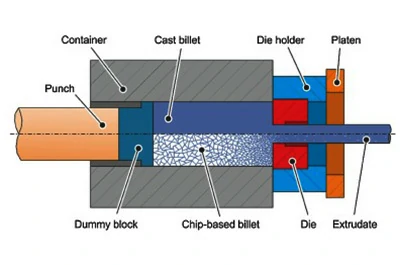 Hot extrusion, warm extrusion, and cold extrusion
Hot extrusion, warm extrusion, and cold extrusion- Hot above recrystallization, warm between room temperature and recrystallization, and cold at room temperature. Hot minimizes tool wear, while warm and cold boost material strength, but may shorten die life.
10 steps of aluminum extrusion process
Step 1: Prepare extrusion die and load into extrusion machine
First, machine a circular die using H13 steel. If a die is already available, it can be directly retrieved from the warehouse. To maximize die lifespan and ensure uniform metal flow, preheat the die to 450-500 degrees Celsius. Once heated, load the die into the extrusion machine.
Step 2: Preheat aluminum billet
Cut a cylindrical billet from a longer alloy material. Preheat the billet in an oven to between 400-500 degrees Celsius to ensure adequate ductility during extrusion without melting.
Step 3: Transfer billet to extrusion machine
Mechanically convey the preheated billet to the extrusion machine. Before loading into the press, apply lubricant or release agent to both the billet and extrusion ram to prevent sticking.
Step 4: Press billet into container
Load the preheated and lubricated billet into the extrusion machine. A hydraulic cylinder applies up to 15,000 tons of pressure, pushing the billet into the machine's container where it expands to fill the container walls.
Step 5: Extrude material through die
Once the container is filled with billet under continuous pressure, force the material through the extrusion die. The material is forced through the die's opening to emerge fully formed with the desired profile.
Step 6: Guide extrusion and quench
As the extrusion emerges, it is gripped by a puller that guides it along the run-out table at a speed aligned with its exit from the press. During this movement along the table, ensure uniform cooling through either water baths or overhead fans to quench the material evenly.
Step 7: cut extrusion to workbench length
Once the extrusion reaches workbench length, use a hot saw to separate it from the extrusion process. Despite having been quenched, the extrusion may not yet be fully cooled.
Step 8: cool to room temperature
Mechanically transport the cut extrusions from the run-out table to a cooling station where they remain until fully cooled to room temperature. Post-cooling, the extrusions proceed to further processing.
Step 9: move to stretching machine and align
Due to potential natural distortions during extrusion, use a stretching machine to correct any misalignment. Clamp the ends of the profile mechanically on the stretching machine, stretching it until fully straightened and meeting specifications.
Step 10: transfer to finishing saw and cut to length
Once fully processed and hardened through stretching, transfer the extrusions to a saw station. Cut the extrusions to specified lengths, typically ranging from 8 to 21 feet. Post-cutting, the extrusions can be moved to aging ovens for further heat treatment to achieve T5 or T6 temper.
Factors affecting aluminum extrusion
While the above extrusion process steps may appear straightforward and automated, the reality is far more complex. Extrusion is, in fact, a highly intricate process that hinges on the interplay of numerous parameters that need adjustment throughout the process. These parameters, known as TST parameters, refer to Temperature, Speed, and Time.
Essentially, before, during, and after extrusion, it is crucial to closely monitor the following factors:
- Final product and tool dimensions
- Steel billet temperature in the heating furnace
- Container temperature
- Tool temperature
- Extrusion speed
- Exit temperature of aluminum rod/profile
- Quenching/quenching medium temperature
- Extrusion rate and quenching delay
These parameters must be strictly controlled and monitored. Among them, temperature is the most crucial and needs adjustment based on the extrusion material and the desired final product shape. Generally, aluminum alloy billets need to be heated to between 300 and 595°C.
Immediately after leaving the die, extruded profiles undergo quenching, rapidly cooling from extrusion temperature to room temperature to ensure uniform cooling and achieve the highest mechanical and technical performance. The fastest quenching rates achieve the optimal combination of strength, toughness, and microstructure.
After successful extrusion and quenching processes, it is essential to closely monitor the following parameters:
- Product dimensions and tolerances
- Surface finish
- Mechanical properties
- Macrostructure of bars/profiles/tubes (no end defects)
- Other specific quality considerations

What further processes are required after extrusion?
After extrusion, the profiles can undergo heat treatment to enhance their performance.
Following heat treatment, they can receive various surface treatments to improve their appearance and corrosion resistance.
They may also undergo additional mechanical machining operations to achieve final dimensions and application purposes.
Heat treatment: improving mechanical properties
Alloys in the 2000, 6000, and 7000 series can undergo heat treatment to enhance their ultimate tensile strength and yield stress.
To achieve these improvements, profiles are placed into a furnace, where the aging process is accelerated, and they are heated to T5 or T6 temper.
How do their characteristics change? For example, the tensile strength of untreated 6061 aluminum (T4) is 241 MPa (35,000 psi). Heat-treated 6061 aluminum (T6) has a tensile strength of 310 MPa (45,000 psi).
For customers, understanding the strength requirements of their project is crucial for selecting the right alloy and temper.
After heat treatment, profiles can also undergo precision machining.
Surface treatment: improving appearance and corrosion protection
Due to its frequent use in sectors like construction, surface treatment is crucial for aluminum profiles. On one hand, it enhances the appearance of aluminum; on the other hand, it improves its corrosion resistance.
For example, the anodizing process thickens the natural oxide layer of the metal, thereby enhancing its corrosion resistance. It also increases its abrasion resistance, improves surface emissivity, and provides a porous surface suitable for accepting various color dyes.
Other precision machining processes can also be applied, such as painting, powder coating, sandblasting, and sublimation (to produce a wood-like appearance).
Manufacturing processing: achieving final dimensions and applications
Profiles can undergo stamping, drilling, machining, cutting, and other processes to meet your specifications.
For example, the fins on an extruded aluminum heatsink can be cross-machined to create a pin design, or screw holes can be drilled into structural components.
Whatever your requirements, various operations can be performed on aluminum profiles to perfectly match your project needs.
Advantage of aluminum extrusion
- Lightweight: aluminum weighs about one-third as much as iron, steel, copper, or brass, making aluminum extrusions easy to handle, cost-effective to transport, and suitable for weight-sensitive applications, especially in transportation and mobile components.
- Strong and high strength: the strength of aluminum extrusions can meet the demands of most applications. By designing different wall thicknesses and internal reinforcements, strength can be concentrated where needed. Aluminum is suitable for cold weather, as its strength increases with decreasing temperature.
- High strength-to-weight ratio: the high strength and low weight of aluminum extrusions make them ideal for applications requiring high load-bearing capacity, such as aerospace, truck trailers, and bridges.
- Flexible: aluminum combines strength with flexibility, able to bend or spring back under load, making it useful in automotive crash management systems.
- Corrosion-resistant: aluminum extrusions do not rust and have a natural oxide layer that protects the surface, which can be enhanced with anodizing or other treatments.
- Seamless: aluminum profiles can achieve complex shapes without mechanical connections, making them stronger than similar components and reducing the risk of loosening or leaking.
- Excellent thermal conductor: aluminum has better thermal conductivity and cooling properties than other common metals, making it suitable for heat exchangers or heat dissipation applications. Its design flexibility allows for optimized heat dissipation.
- Excellent electrical conductor: aluminum’s conductivity is twice that of copper for the same weight, making it ideal for electrical connectors and busbar distribution components.
- Non-magnetic: aluminum is non-magnetic, suitable for high-voltage applications and electronic devices affected by magnetic fields.
- Non-flammable and non-toxic: aluminum does not burn and does not produce toxic fumes even at high temperatures.
- Reflective: surface-treated aluminum parts have high reflectivity, suitable for lighting or applications requiring shielding from light, radio waves, or infrared radiation.
- Easily customizable: aluminum extrusions can be designed to meet specific functional, aesthetic, and manufacturability goals, making them a preferred choice for many products.
- Fast time to market: aluminum extrusion tooling is low-cost and has short lead times, facilitating rapid prototyping, testing, and product release.
- Easy to manufacture and assemble: the design of aluminum extrusions can simplify subsequent manufacturing and assembly, accommodating a variety of manufacturing processes.
- Sustainable: aluminum can be recycled indefinitely without losing its properties. Aluminum extrusions are often produced from high-recycled content material, and their lightweight, strength, and design flexibility offer environmental benefits in use.
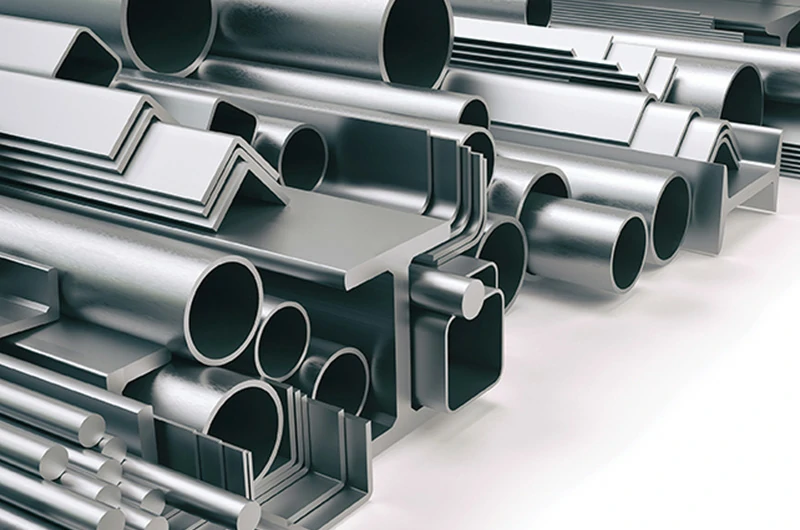
Application of aluminum extrusion
Aluminum extrusions have consistently demonstrated their excellent performance, reliability, and efficiency in various markets, ranging from durable consumer goods to transportation, electronics, and building and construction.
- Aerospace: Aluminum extrusions are used in the aerospace industry for structural components and other applications that require strong, lightweight materials.
- Transportation: Aluminum extrusions are used in the transportation industry, including the manufacture of buses, trains, and other vehicles.
- Industrial Equipment: Aluminum extrusions are used to manufacture various industrial equipment such as conveyors, cranes, and robots.
- Automotive Parts: Aluminum extrusions are commonly used for various parts in the automotive industry, including frames, chassis, and structural components.
- Building and Construction: Aluminum extrusions are used in the construction industry for a variety of applications, including window and door frames, curtain walls, and structural supports.
- Electrical and Electronics: Aluminum extrusions are used in the electrical and electronics industry for products such as heat sinks, enclosures, and connectors.
- Consumer Goods: Aluminum extrusions are used in a variety of consumer goods, including household appliances, furniture, and sporting goods.
- Medical Equipment: Aluminum extrusions have multiple uses in the medical industry, including the manufacture of hospital beds and other medical devices.


